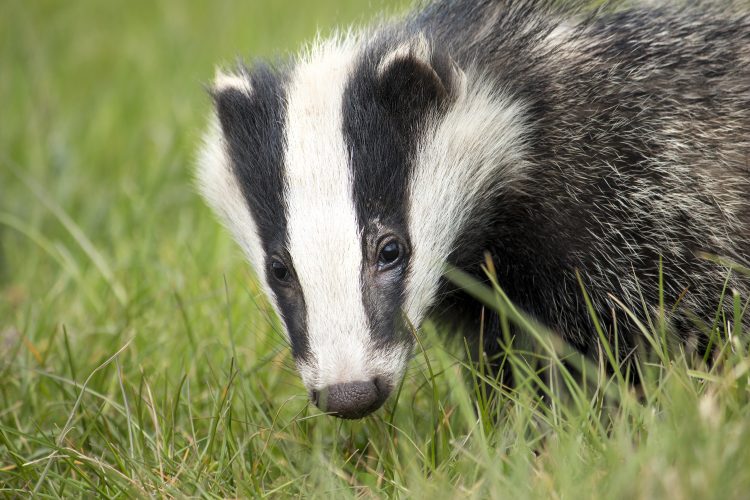Badger setts are legally protected from disturbance under the Protection of Badgers Act (1992).
During development it is important to establish the presence of badger setts either on site or within a 30m radius of the development site. The presence of setts within 30m of a development site is usually looked for during a preliminary ecological appraisal. If evidence of badger activity or a potential sett is found during the PEA, other techniques can be employed to further assess badger use of the site (see services we offer below).
Services we offer:
Site walkover by a suitably qualified ecologist to investigate for evidence of badgers.
During the site walkover the surveyor usually looks out for the following signs:
– Presence of holes with evidence of badgers such as footprints, discarded hair
– Presence of dung pits or latrines;
– Presence of well-used runs with subsidiary evidence of badger activity; and
– Presence of other indications of badger activity, such as signs of foraging and footprints.
Techniques used during surveys include bait marking studies to demarcate territorial boundaries on a site, adhesive hair trap monitoring to determine whether a sett entrance is active, setting of static cameras to monitor badger activity. The information is then reported and forms part of the planning application documentation.
We also apply for licences from Natural England on behalf of the planning applicant where works are required to disturb or destroy a sett. Such licences may permit an applicant to engage in activities that would otherwise be unlawful, allowing development to proceed.

